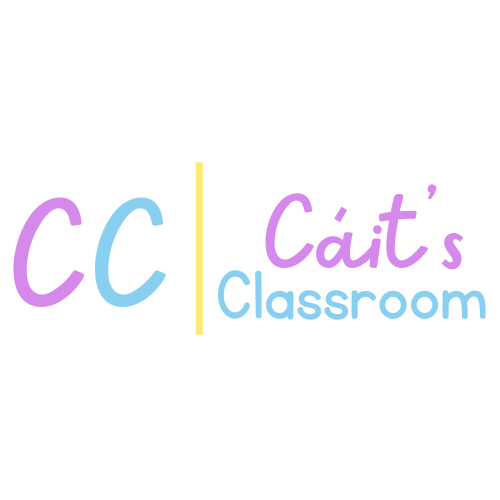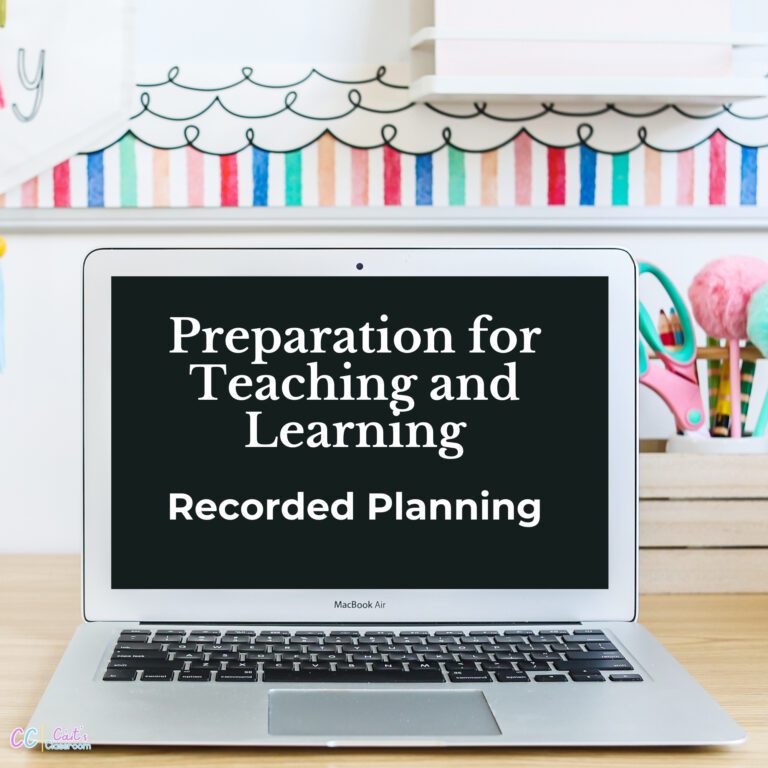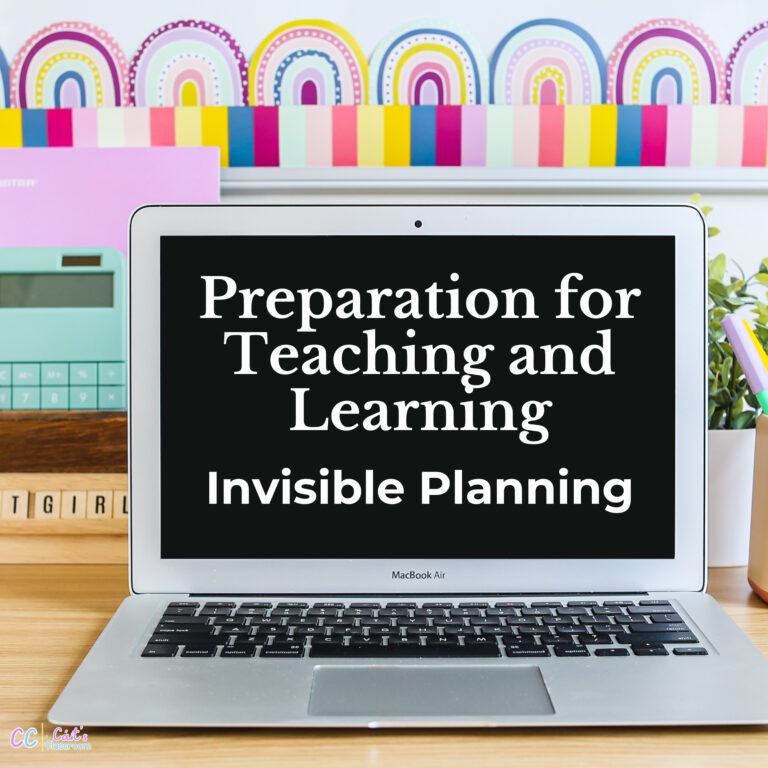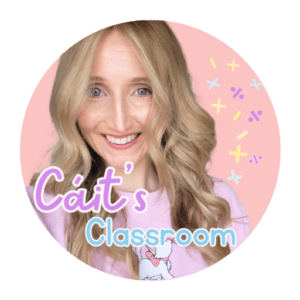Starting your journey as a Newly Qualified Teacher (NQT) can be both exciting and challenging, especially with the introduction of the New Primary Mathematics Curriculum. Preparation for teaching and learning has changed, with the 2023 curriculum introducing fresh ideas for teacher planning and preparation.
But don’t worry! This 3-part planning and preparation series will get you up to speed in no time. In the second post of the series, we’ll explore the world of visible teacher planning and preparation in the context of the new Primary Mathematics Curriculum. I’ve also created a shopping list for you to make your planning visible through the maths resources available in your classroom.
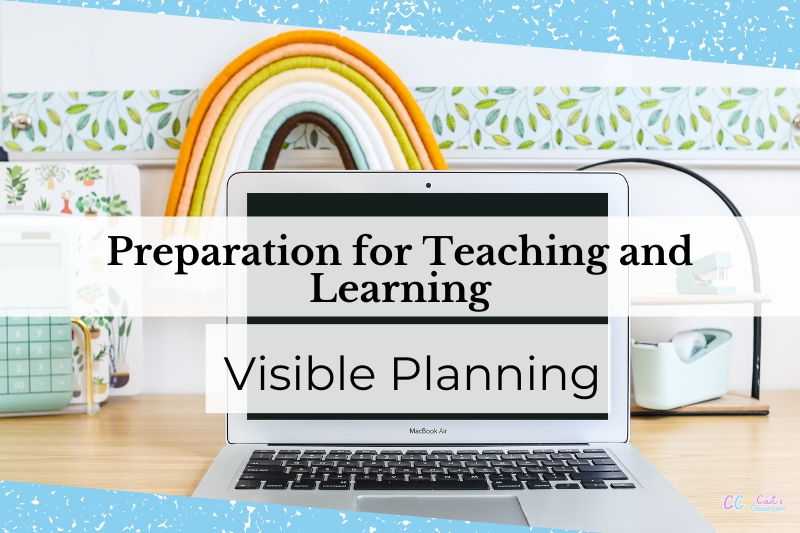
Visible Planning and Preparation for NQTs
Visible planning and preparation is all about the active, tangible planning, preparation and teaching you do in the classroom. It involves creating and adapting learning experiences and environments to support the needs, interests, and abilities of your students. Similar to invisible planning and preparation, visible planning is supported by knowledge of the new Primary Mathematics Curriculum but may not always be documented formally. Here’s what you need to know:
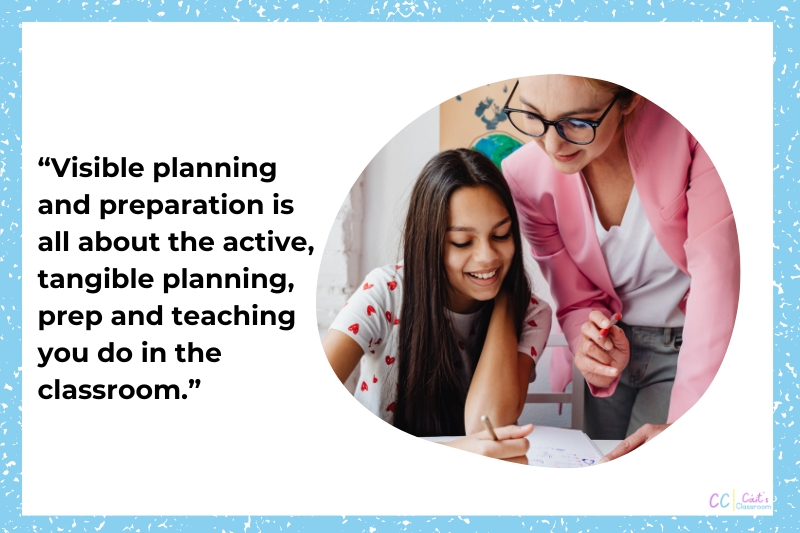
Visible Planning and Learning Experiences
Under the new Primary Mathematics Curriculum, teachers are tasked with planning mathematical learning experiences that are playful and engaging. This is reflected in the sentence stem ‘ Through appropriately playful and engaging learning experiences…’ which introduces each learning outcome from junior infants, right up as far as 6th class.
So how do you make your planning and preparation for these learning experiences visible in the classroom? One effective method is to align your planning with the seven key competencies of the new Primary Mathematics Curriculum.
Visible Planning and the 7 Key Competencies
The new Primary Mathematics Curriculum identifies seven key competencies: being well, being a digital learner, being mathematical, being a communicator and using language, being creative, being an active learner, and being an active citizen. These competencies come to life when we plan for playful and engaging learning experiences that:
- Solve real-world issues (being an active citizen)
- Promote curiosity, open-mindedness and imagination (being creative)
- Engage in elements of risk-taking, critical thinking, enjoyment and effort (being mathematical).
By translating these competencies into explicit classroom practices (such as solving problems related to real-world issues and promoting curiosity and critical thinking), you make visible your planning for playful and engaging learning experiences.
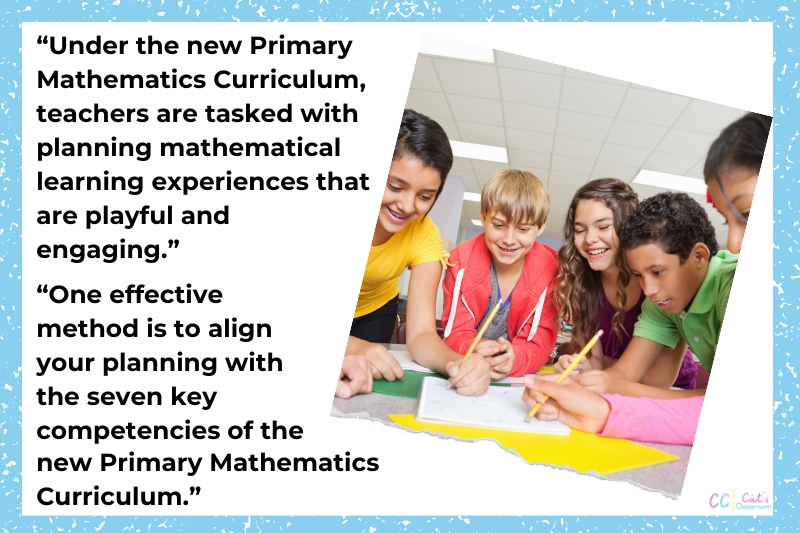
Visible Planning and the Learning Environment
Creating a mathematical learning environment that emphasises playful and engaging learning experiences begins with intentional design and organisation. As an NQT, you can make your planning and preparation visible in this area by creating a dedicated classroom space that showcases students’ ongoing learning in mathematics.
Involve students in creating visual representations of their learning journey to build a supportive and stimulating learning environment where the outcomes of thoughtful teacher planning are clearly visible and celebrated daily.
Ways to make your planning visible in the classroom include prominently displaying physical cues, such as learning outcomes and learning targets, and student work in mathematics on interactive bulletin boards.
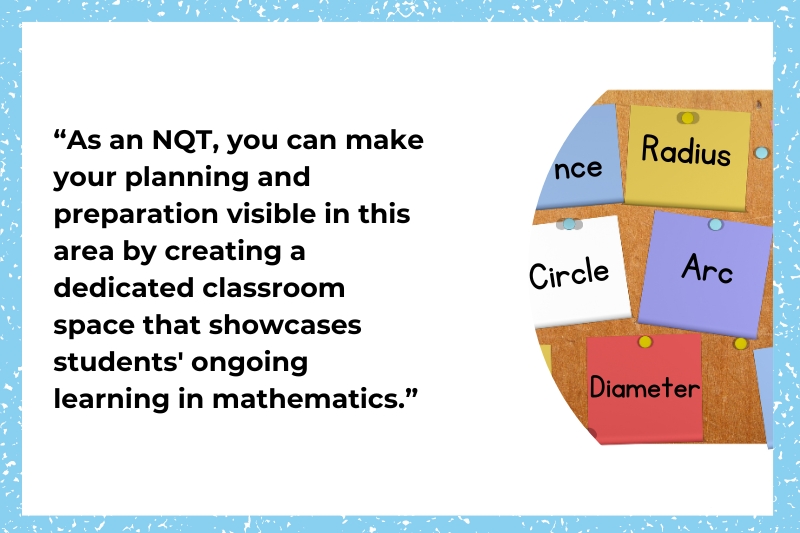
Preparation for Teaching and Learning: Resources
The resources we make available as part of our learning environment also make visible our planning and preparation for playful and engaging learning experiences. One effective strategy, inspired by Michelle Culotty from Oide, is to create organised maths manipulative trays for each table. These trays can include a variety of manipulatives for visually representing mathematical thinking such as lollipop sticks, colourful matchsticks, linking cubes, dice, and counters. Bookmark the comprehensive shopping list and get yourself sorted for September!
By having these manipulatives readily accessible at each table, children can independently and collaboratively explore mathematical concepts in a hands-on manner. This not only supports differentiated learning styles but also encourages active engagement and problem-solving skills, aligning with the playful and engaging learning experiences advocated by the new Primary Mathematics Curriculum. Such intentional use of resources enhances the learning environment, making the planning and preparation behind their inclusion in the learning environment visible and impactful.
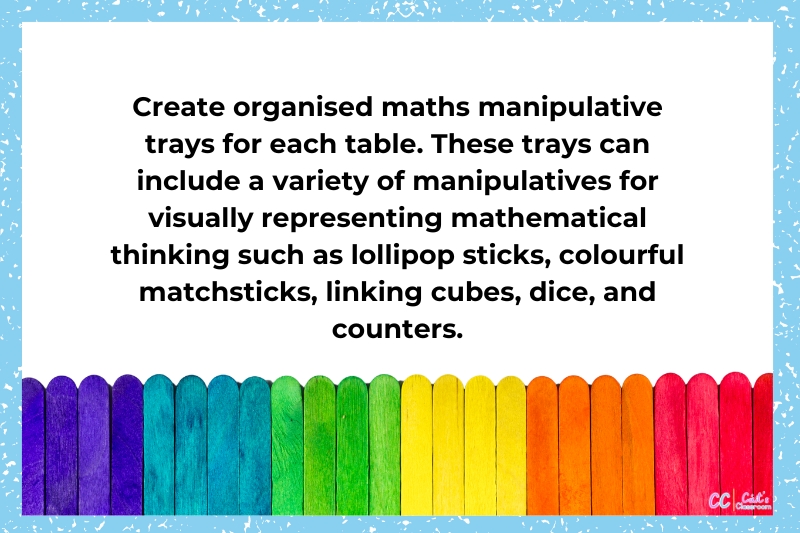
Action Steps for NQTs
So now you know a little more about visible planning and preparation, here’s how to make your planning visible through:
1. Playful and Engaging Learning Experiences: Begin by aligning your preparation for teaching and learning with the seven key competencies of the new Primary Mathematics Curriculum. Plan for playful and engaging learning experiences that solve real-world issues, promote curiosity and imagination, and engage students in critical thinking and risk taking.
2. The Learning Environment: Make planning visible by clearly displaying learning outcomes and targets for each lesson or topic. Visually showcase the connection between teacher planning and student learning by displaying student work on interactive bulletin boards in collaboration with the children.
3. Maths Manipulative Trays: Visibly demonstrate your planning and preparation for hands-on mathematical experiences by intentionally including maths manipulative trays at each table.
In conclusion, visible planning and preparation enhances students’ learning experiences and environments, establishing a dynamic classroom where your thoughtful preparation for teaching and learning shines through. Remember, visible planning isn’t about paperwork—it’s about translating the new Primary Mathematics Curriculum into tangible, real-world practices.
Don’t forget to grab your maths manipulatives shopping list to make visible your planning and preparation for playful and engaging learning experiences!
